Lizards have emerged as increasingly popular pets for reptile enthusiasts seeking alternatives to traditional furry companions. With their fascinating behaviors, striking appearances, and relatively manageable care requirements, these scaled creatures offer a unique pet-keeping experience. However, not all lizard species are suitable for captivity, and each comes with specific needs and considerations. Whether you’re a beginner looking for an entry-level reptile or an experienced keeper seeking a more exotic challenge, understanding what to expect is crucial before bringing one of these remarkable animals into your home. This guide explores ten lizard species that make excellent pets, detailing their care requirements, temperaments, and what potential owners should know before committing to these distinctive companions.
Bearded Dragons: The Friendly Starter Lizard
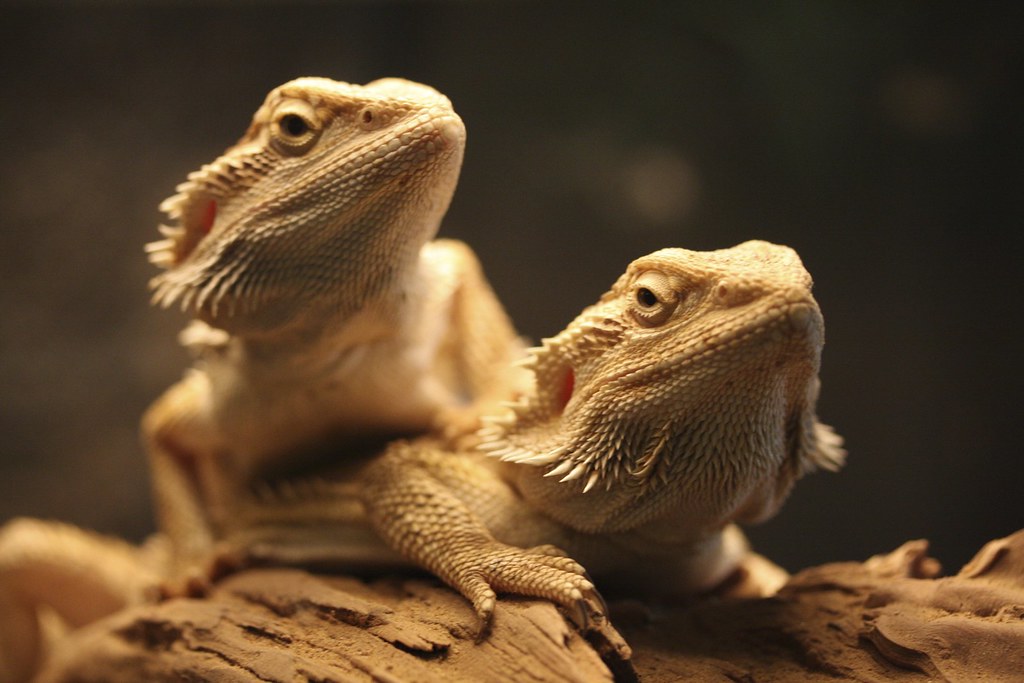
Bearded dragons (Pogona vitticeps) have earned their place as the quintessential beginner reptile pet due to their docile nature and relatively straightforward care requirements. These Australian natives typically grow to 18-24 inches in length and can live 8-12 years with proper care, making them a significant commitment.
Their social disposition sets them apart from many other reptiles—beardies often recognize their owners, enjoy gentle handling, and may even sit contentedly on shoulders or laps. Care-wise, they require a minimum 40-gallon tank with proper temperature gradients (basking spot of 95-105°F), UVB lighting, and a varied diet of insects and vegetables that changes as they mature from juveniles to adults.
Leopard Geckos: Low-Maintenance Nocturnal Companions
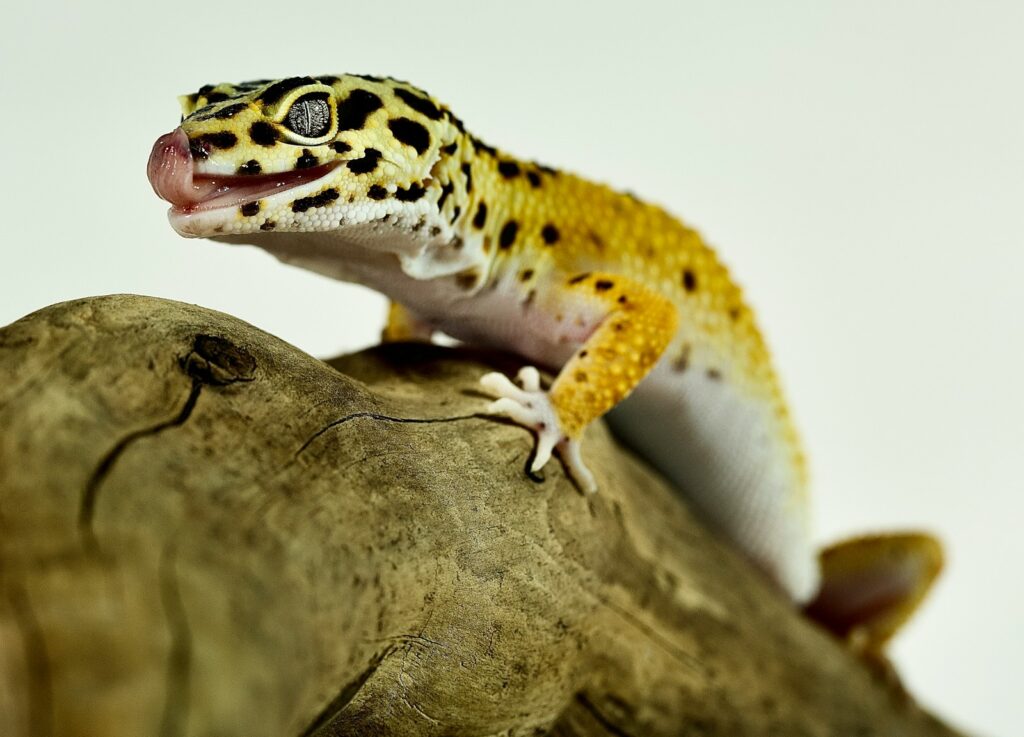
Leopard geckos (Eublepharis macularius) have become increasingly popular as pet lizards due to their manageable size, striking patterns, and relatively simple care requirements. Unlike many reptiles, these geckos lack sticky toe pads, which means they can’t climb smooth surfaces, making escape less likely and housing simpler to maintain. With a lifespan of 15-20 years in captivity, leopard geckos represent a long-term commitment, though their care needs remain consistent throughout their lives.
Their nocturnal nature means they don’t require UVB lighting (though some keepers provide low levels), and they thrive in a properly set-up 20-gallon terrarium with a warm side (88-90°F) and cool side (75-80°F). Diet consists primarily of gut-loaded insects like crickets, mealworms, and dubia roaches, making feeding straightforward but regular.
Crested Geckos: The Handleable Arboreal Option
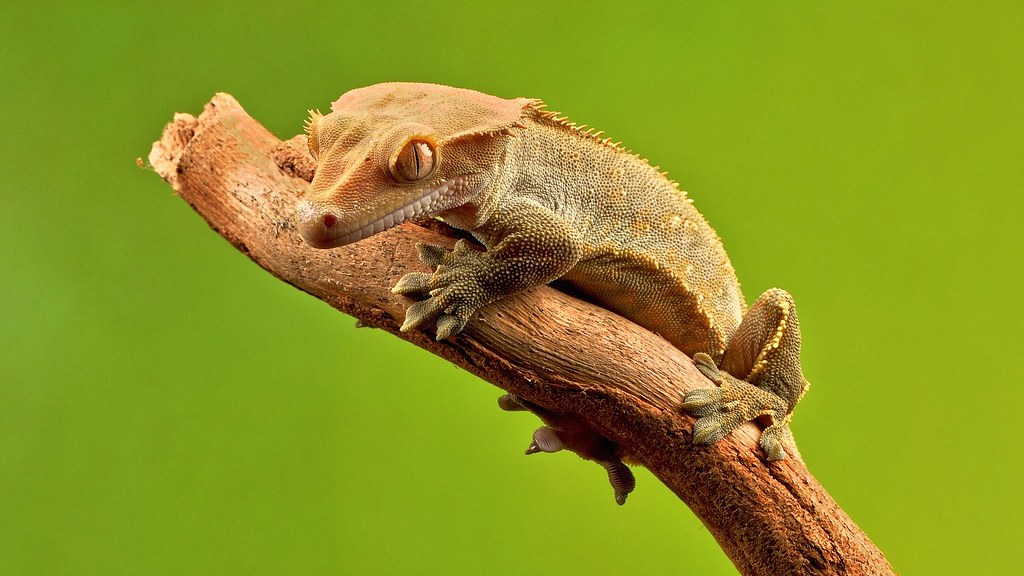
Crested geckos (Correlophus ciliatus) have skyrocketed in popularity since their rediscovery in 1994 after being thought extinct, now representing one of the most accessible arboreal lizard species in the pet trade. These distinctive geckos, native to New Caledonia, feature remarkable crest-like structures along their heads and backs that give them their name and contribute to their appeal. Their care is remarkably straightforward compared to many reptiles—they thrive at room temperature (72-78°F) with no special heating requirements in most households, though they do need higher humidity levels maintained through regular misting. Perhaps most convenient for busy owners is their diet; while they can eat insects, many thrive primarily on commercially available powdered crested gecko diet mixed with water, eliminating the need to maintain live feeder insects.
Blue-Tongued Skinks: Personable Giants
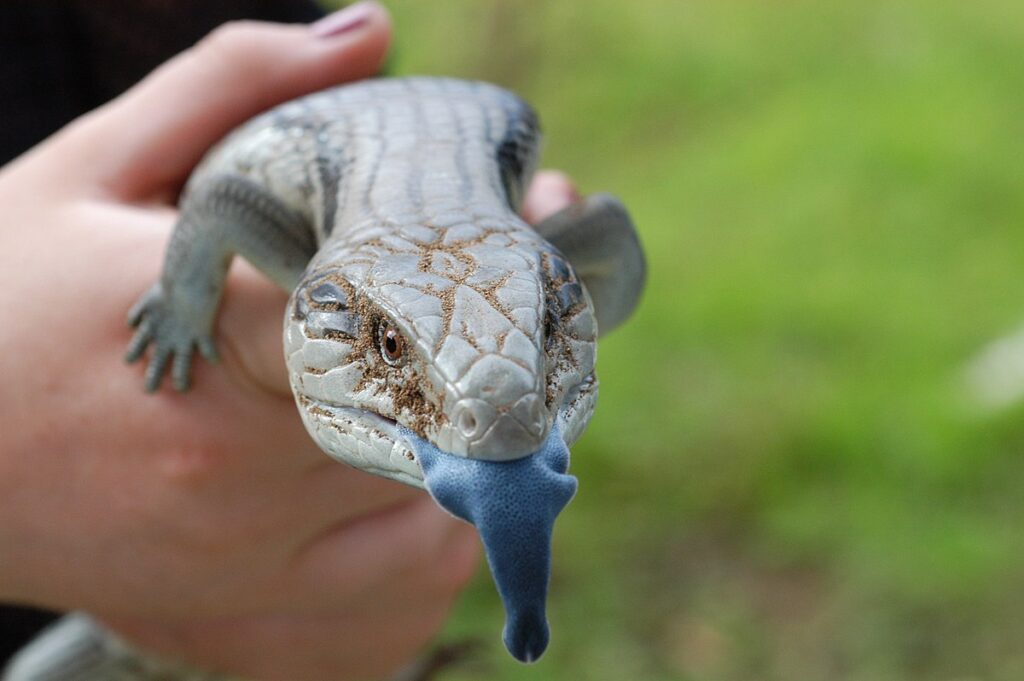
Blue-tongued skinks (Tiliqua species) captivate reptile enthusiasts with their distinctive cobalt-blue tongues, which they display when threatened, and their remarkably doglike personalities compared to many other lizards. These stout-bodied lizards, primarily from Australia and Indonesia, reach substantial sizes of 18-24 inches and can live 15-20 years in captivity, representing a significant long-term commitment.
Their intelligence is notable among reptiles—many learn to recognize their keepers, enjoy gentle handling once acclimated, and some even seek out interaction. Housing requirements are more substantial than for smaller lizards, with adults needing a minimum 4’x2’x2′ enclosure with proper temperature gradient (basking spot around 95-100°F) and UVB lighting.
Diet is particularly varied compared to many reptiles, as blue-tongued skinks are true omnivores requiring a mix of animal protein (insects, cooked eggs, lean meat), vegetables, fruits, and commercial omnivore diets.
Uromastyx: The Desert Vegetarians
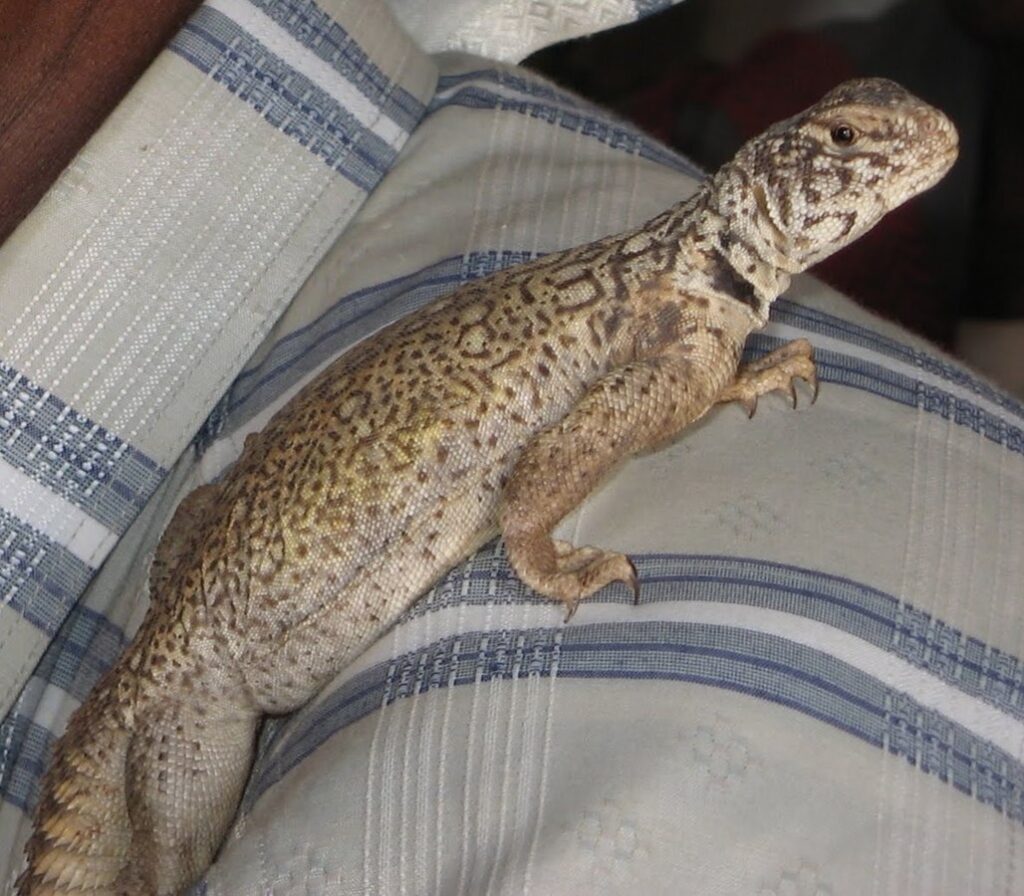
Uromastyx lizards, commonly called spiny-tailed lizards, represent some of the most fascinating desert specialists in the reptile hobby, known for their almost entirely herbivorous adult diet and remarkable adaptations to arid environments. These stocky, colorful lizards originate from North Africa and the Middle East, with popular pet species growing to 10-18 inches depending on the specific variety, and often living 15-25 years with proper care.
Their care requirements center around creating an intensely hot, arid environment—they require extreme basking temperatures of 120-130°F at one end of their enclosure with a cooler side around 80-85°F, making proper thermal gradient crucial. Unlike many lizards, adult Uromastyx thrive on a diet comprised primarily of dark leafy greens, vegetables, legumes, and occasional seeds and flowers, with little to no insect protein needed, making them ideal for owners hesitant about keeping feeder insects.
Green Anoles: The Beginner’s Arboreal Challenge
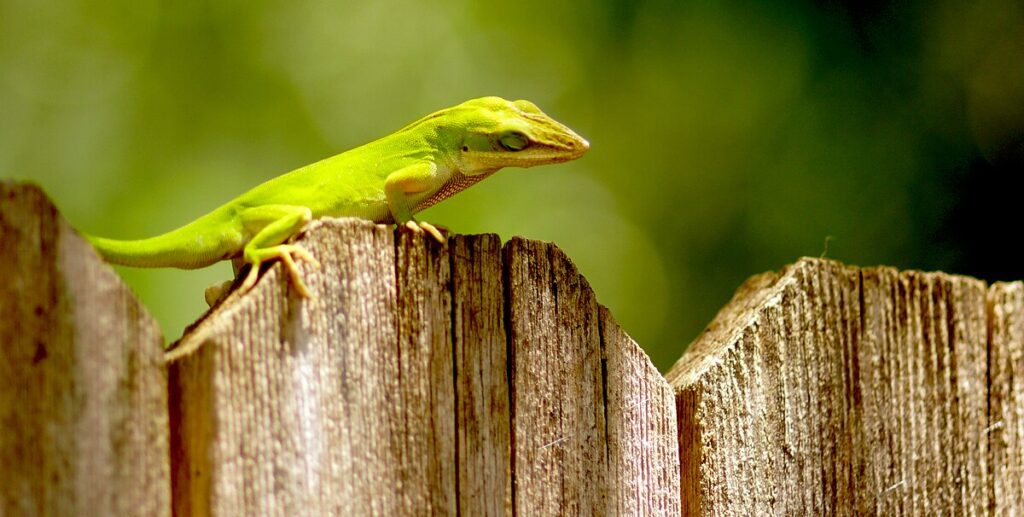
Green anoles (Anolis carolinensis) offer an accessible introduction to keeping arboreal lizards, with their small size and active nature making them fascinating display animals despite being less handleable than some other species. Native to the southeastern United States, these slim, emerald-green lizards (which can change to brown) typically reach only 5-8 inches in length and live 4-7 years in captivity, representing a shorter commitment than many reptiles.
Their care centers around providing a vertically-oriented enclosure (minimum 18″x18″x24″ for a pair) with ample climbing branches, plants, and surfaces for these active climbers. Green anoles require specific environmental parameters: moderate temperatures (75-85°F with a 90°F basking spot), relatively high humidity (60-70%), and UVB lighting for proper calcium metabolism.
Feeding consists exclusively of appropriately-sized live insects, including crickets, small roaches, and flightless fruit flies, which must be dusted with calcium and vitamin supplements.
Argentine Black and White Tegus: The Reptile Dog
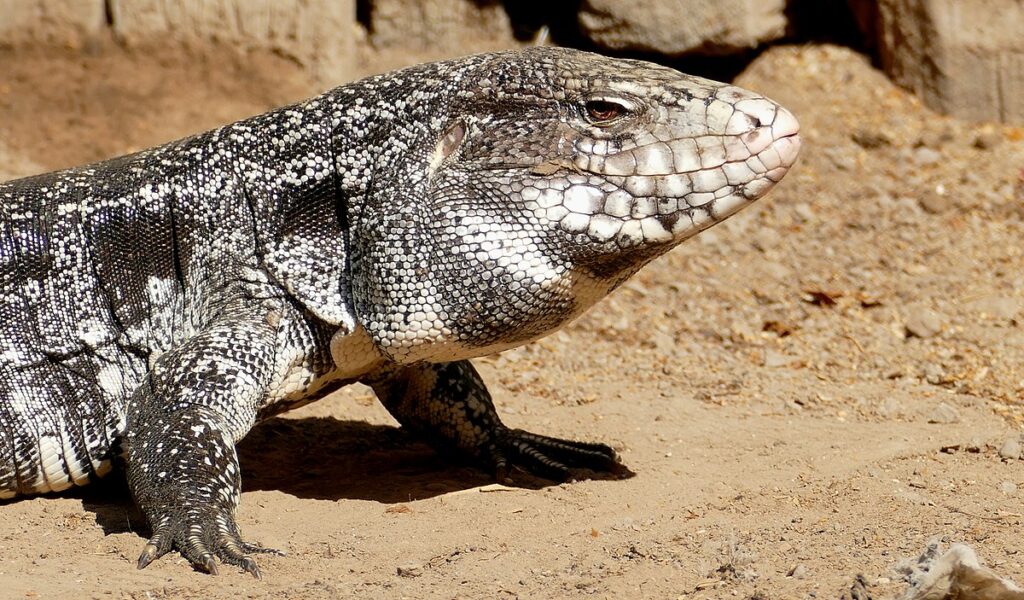
Argentine black and white tegus (Salvator merianae) represent one of the most intelligent and interactive lizard species available in the pet trade, often compared to dogs for their ability to bond with keepers and display complex behaviors. These large South American lizards grow impressively, reaching 3-4.5 feet in length and weighing 15-20 pounds when mature, with lifespans typically exceeding 15-20 years—making them a substantial commitment both in space and time. Their intelligence is remarkable among reptiles—many tegus learn to recognize their keepers, come when called, enjoy physical interaction, and can even be house-trained to some extent, though they require extensive socialization from a young age to achieve this level of tameness. Housing requirements are significant, with adults needing custom-built enclosures of at least 8’x4’x4′ featuring substrate deep enough for burrowing, varied temperature zones, UVB lighting, and humidity management systems.
Ackie Monitors: The Manageable Monitor Lizard
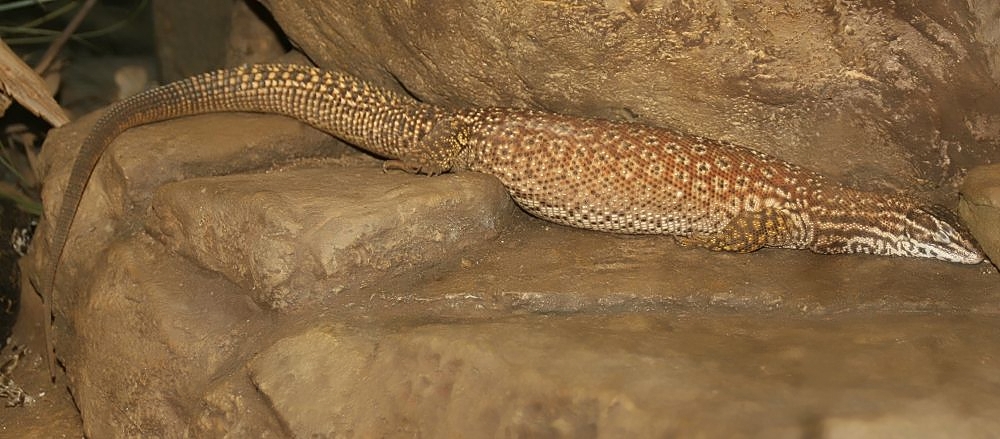
Ackie monitors (Varanus acanthurus), also known as spiny-tailed monitors or ridge-tailed monitors, offer reptile enthusiasts the intelligence and engaging behaviors of monitor lizards in a more manageable package compared to their larger relatives. Native to the arid regions of Australia, these active lizards typically reach 24-30 inches in length (with the tail comprising about half that length) and live 15-20 years in captivity when properly cared for.
Their care requirements center around creating a semi-arid environment with a deep substrate layer (at least 12 inches) for digging, as they are naturally burrowing animals in the wild. Temperature management is crucial, with a basking spot of 130-140°F and ambient temperatures between 75-85°F, alongside appropriate UVB lighting for proper calcium metabolism and overall health.
Chinese Water Dragons: The Aquatic Arboreal Challenge
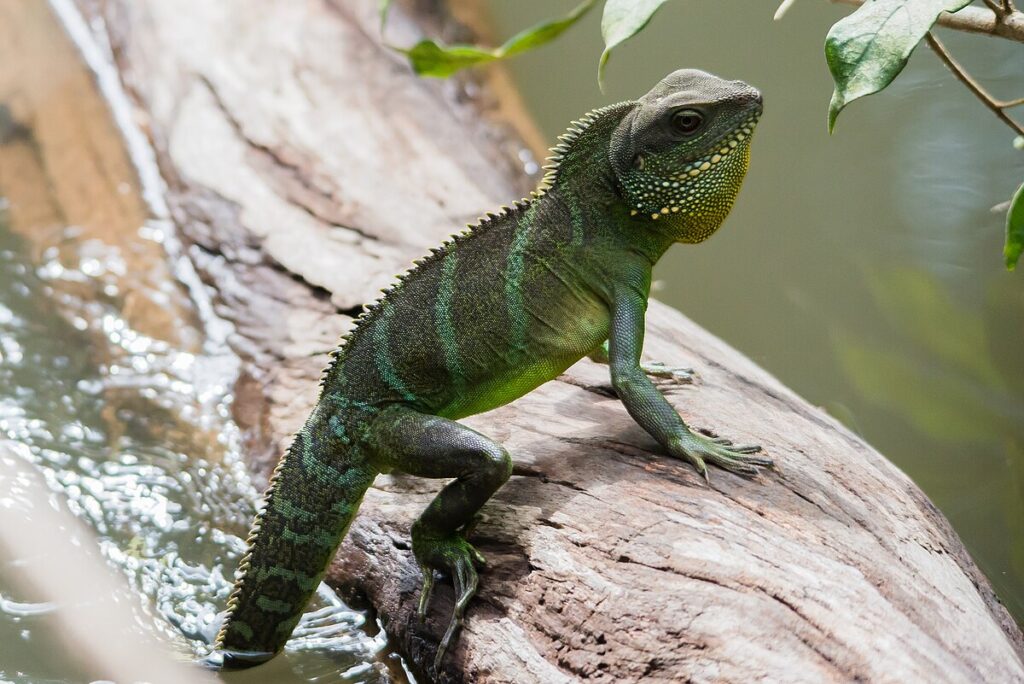
Chinese water dragons (Physignathus cocincinus) present a striking, emerald-green appearance with their crested heads, long tails, and semi-aquatic lifestyle, making them appealing for experienced reptile keepers seeking a display lizard with complex needs. These Southeast Asian natives can grow quite large, with adults typically reaching 2-3 feet in length (most of which is tail) and living 10-15 years with proper care.
Housing requirements are particularly demanding, requiring large, custom enclosures (minimum 6’x3’x4′) that accommodate both their arboreal nature with climbing branches and their semi-aquatic lifestyle with a large water area deep enough for swimming. Environmental parameters must be carefully managed, including high humidity (80-90%), warm temperatures (basking spot of 90-95°F), and strong UVB lighting, making their setup considerably more complex than many beginner species.
Gargoyle Geckos: The Crested Gecko’s Cousin
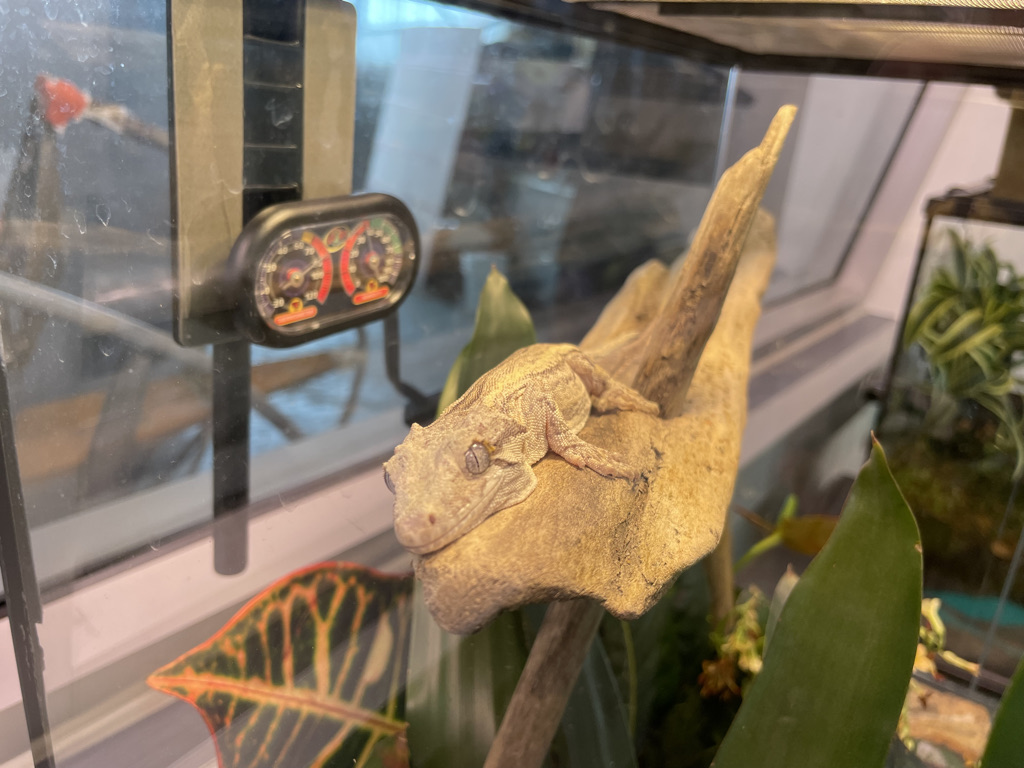
Gargoyle geckos (Rhacodactylus auriculatus) offer reptile enthusiasts many of the convenient care aspects of crested geckos but with a distinctive, bumpy appearance that gives them their dragon-like namesake. Native to New Caledonia like their crested cousins, these geckos typically grow to 8-10 inches in length and can live 15-20 years in captivity, representing a significant though manageable commitment.
Their housing requirements mirror those of crested geckos—a vertically oriented enclosure (minimum 18″x18″x24″ for adults) with plenty of climbing branches, plants, and hiding spots. Temperature requirements are modest, with room temperature (72-78°F) being suitable for most homes without additional heating, though they do require regular misting to maintain 60-80% humidity levels.
Essential Lizard Care Equipment
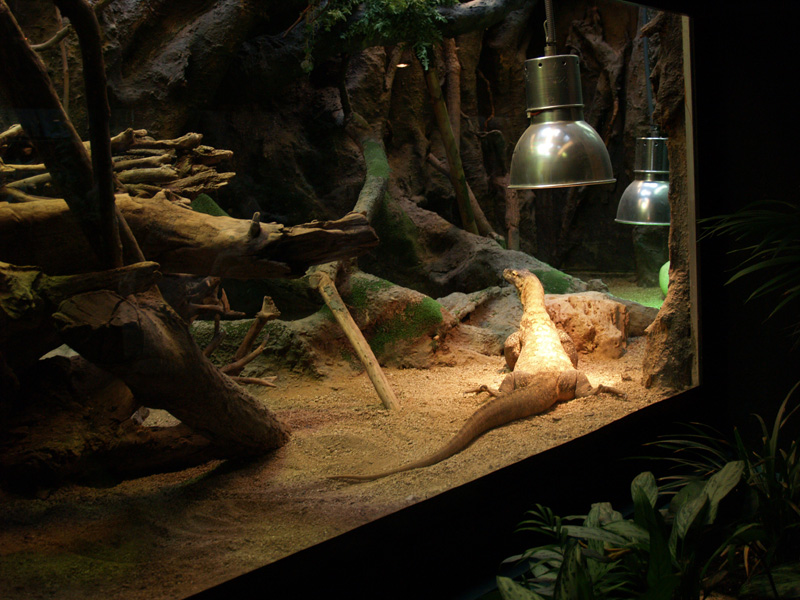
Successful lizard keeping requires appropriate equipment regardless of species, though specific needs vary based on the animal’s natural habitat and biology. The enclosure forms the foundation of proper care—size requirements range from 20-gallon terrariums for small geckos to custom-built 8-foot enclosures for large monitors and tegus, with appropriate dimensions (horizontal for terrestrial species, vertical for arboreal ones).
Heating equipment typically includes under-tank heaters, ceramic heat emitters, or basking lamps, all controlled by thermostats to prevent dangerous temperature fluctuations. Lighting requirements vary dramatically between species, with many diurnal lizards requiring UVB lighting to synthesize vitamin D3 for proper calcium metabolism, while some nocturnal species may need only minimal UVA or even just ambient room light.
Finding a Reptile Veterinarian
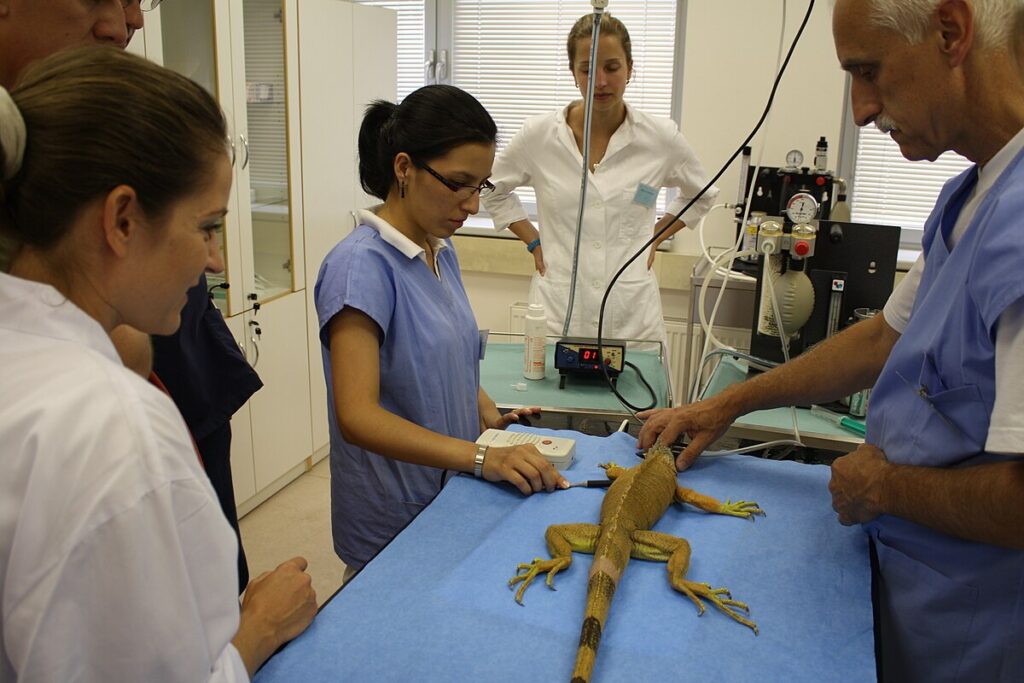
Locating a qualified reptile veterinarian should be considered an essential step before acquiring any lizard species, as exotic pet medical care differs significantly from that of cats and dogs. Reptile medicine represents a specialized field, and not all veterinarians have the training or equipment to properly diagnose and treat lizards, making it crucial to identify a qualified exotic animal vet in your area before an emergency arises.
Professional organizations like the Association of Reptilian and Amphibian Veterinarians (ARAV) maintain directories of specialized vets, providing a valuable resource for prospective and current lizard owners. Beyond emergency care, establishing a relationship with a reptile veterinarian allows for regular wellness checks, which typically include physical examinations, parasite screenings, and nutritional assessments—particularly important for newly acquired animals that may harbor hidden health issues.
Conclusion: Choosing the Right Lizard for Your Lifestyle
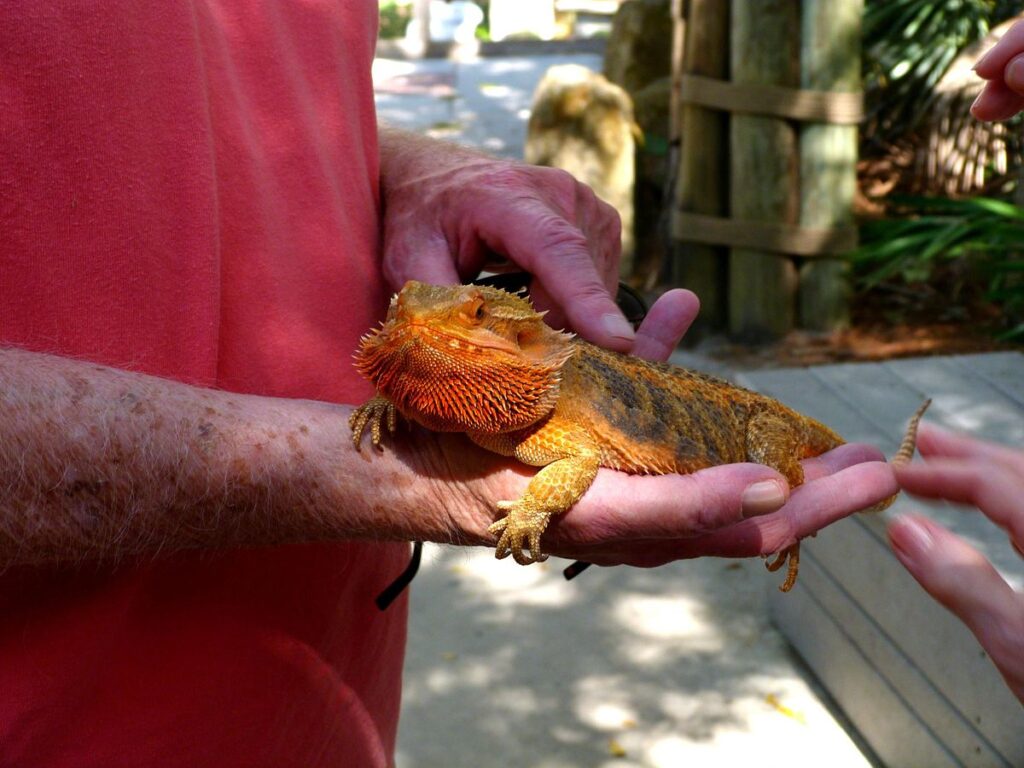
Selecting the ideal lizard species for your home requires honest assessment of your experience level, available time, space constraints, and long-term commitment capability. Beginners should generally start with hardier species like bearded dragons or leopard geckos that forgive minor care mistakes, while experienced keepers might enjoy the challenge of tegus or monitors.
Consider lifespan carefully—many lizards live 15-20 years or more, representing a commitment similar to adopting a dog or cat. Budget realistically for both startup costs (which can range from a few hundred dollars for basic setups to thousands for elaborate enclosures) and ongoing expenses including electricity, food, substrate, and veterinary care. By matching your choice to your lifestyle and capabilities, you create the foundation for a rewarding relationship with these fascinating reptilian companions that can last for decades.

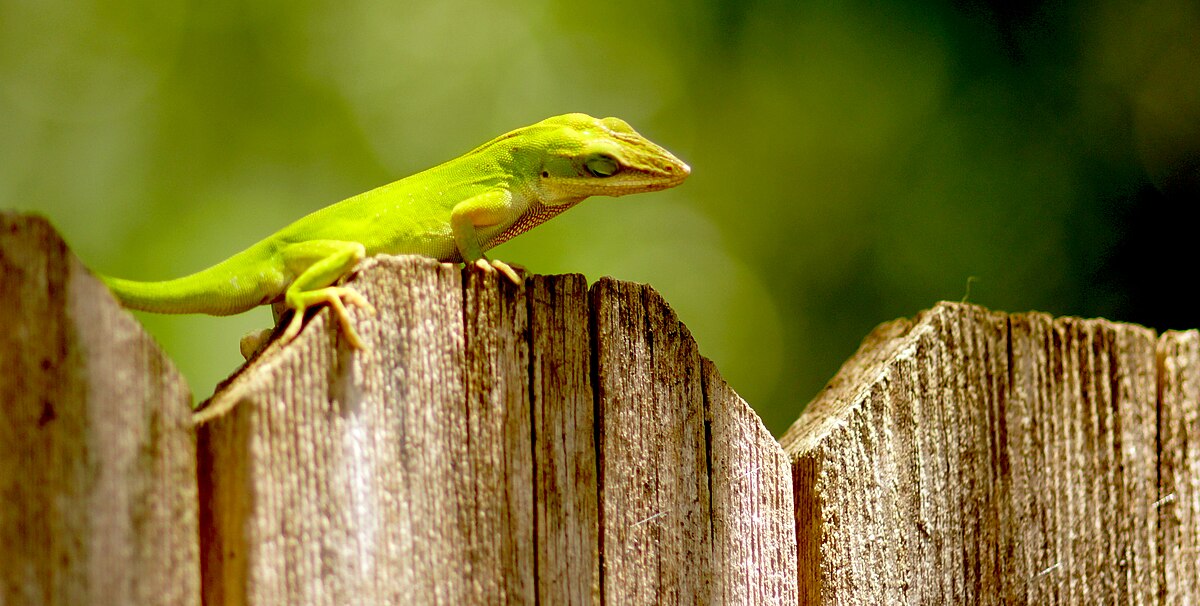
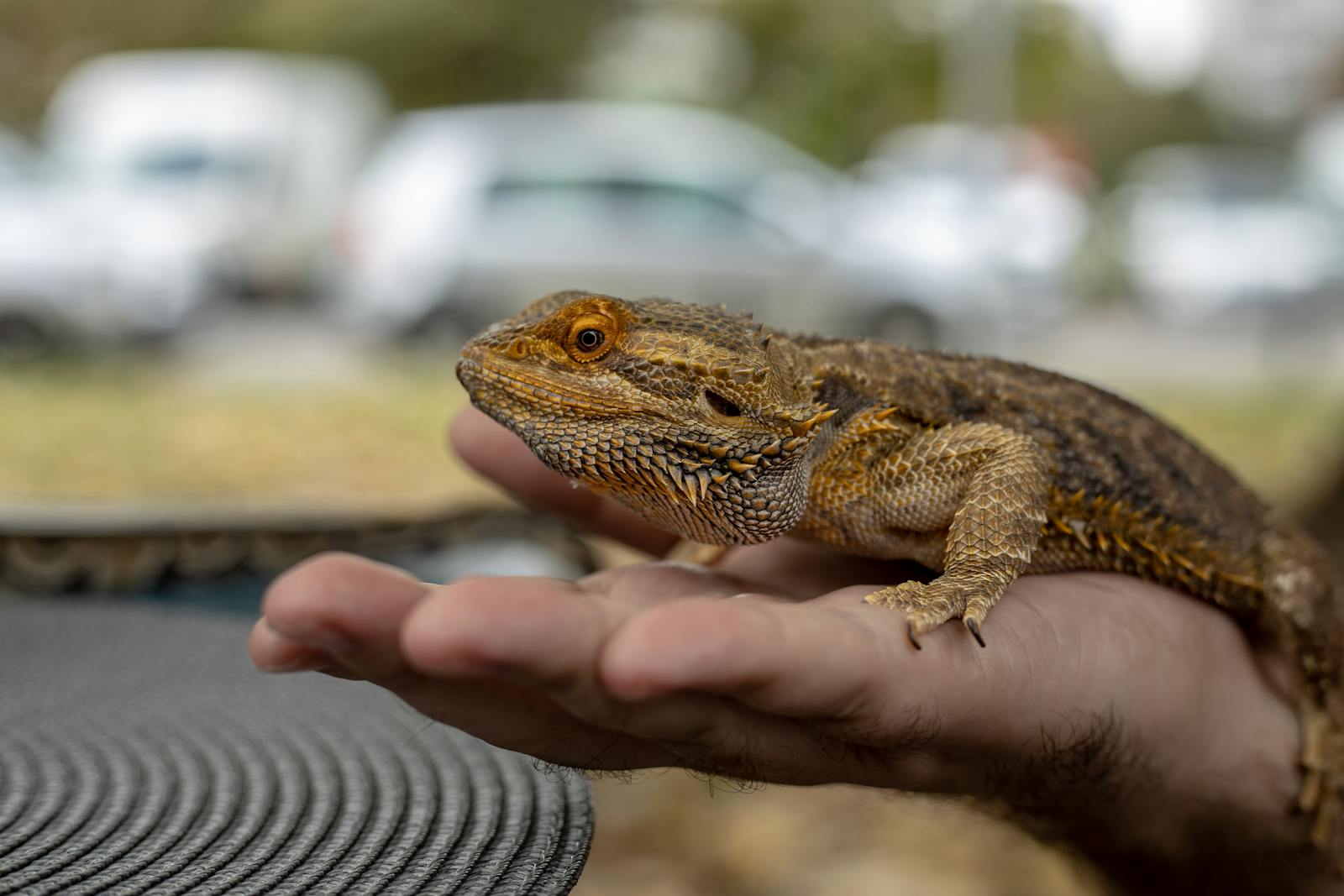

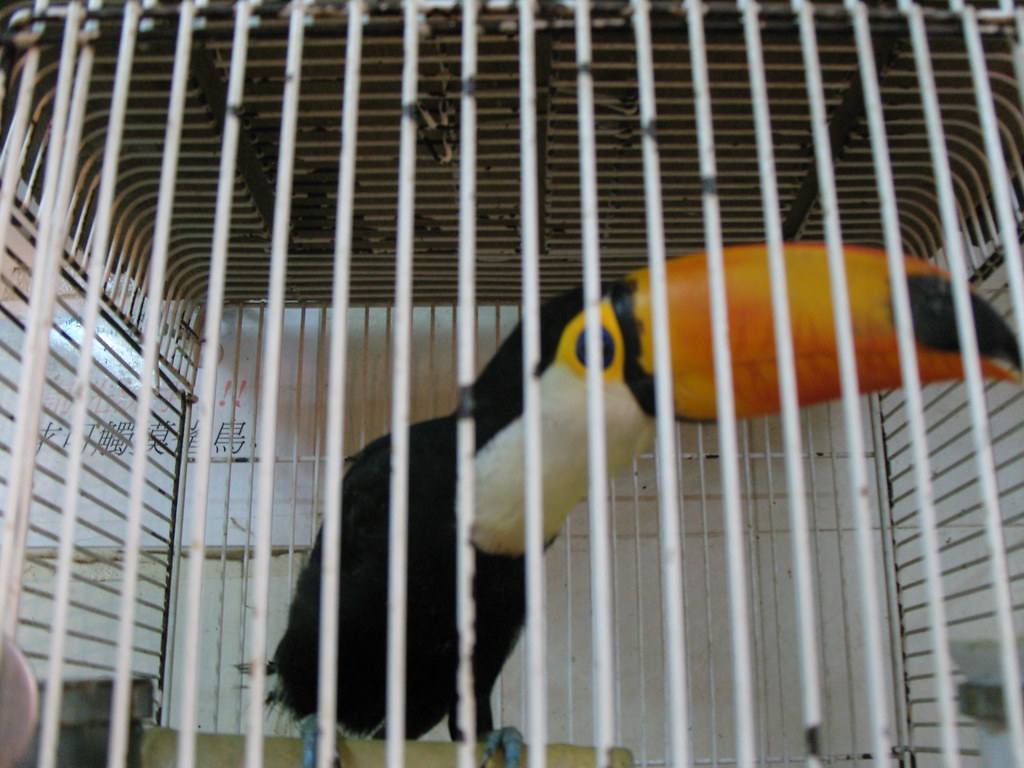
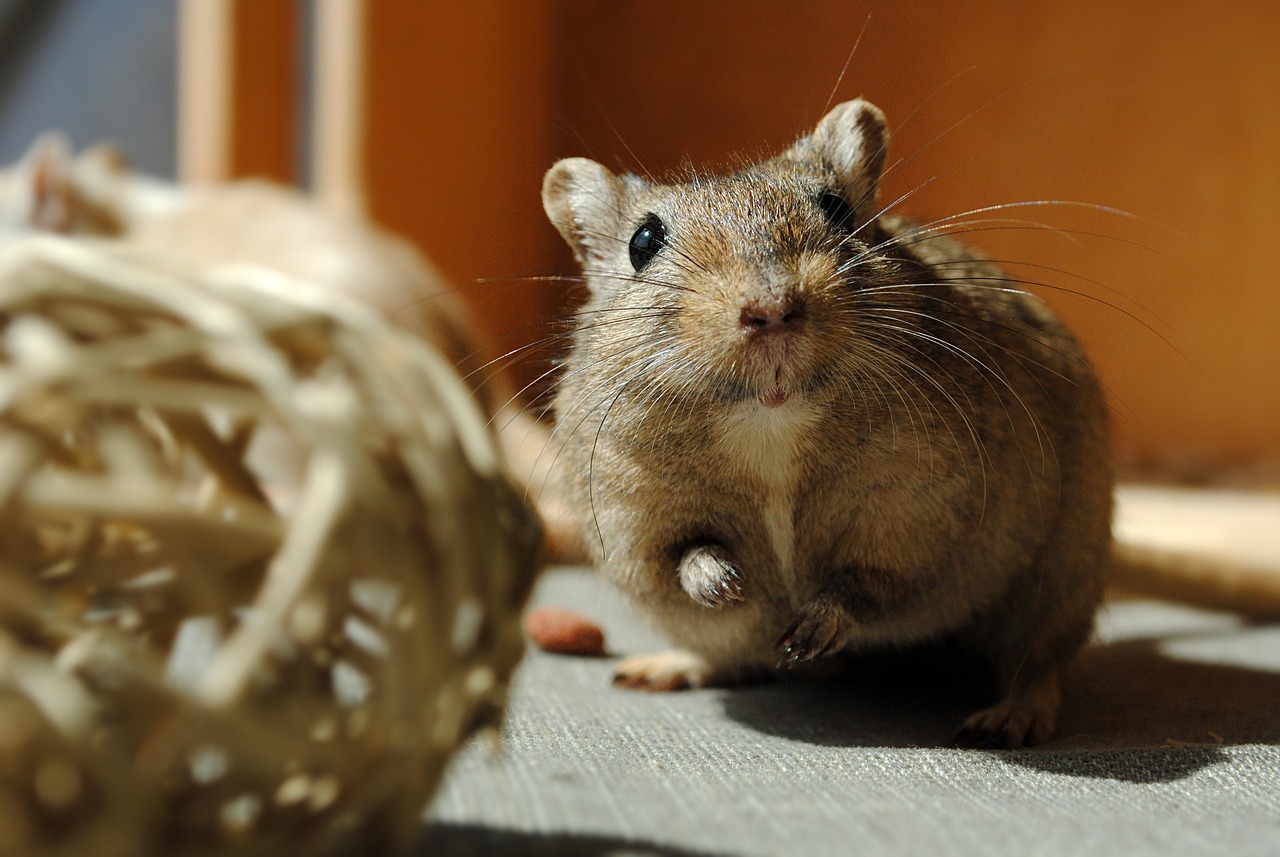
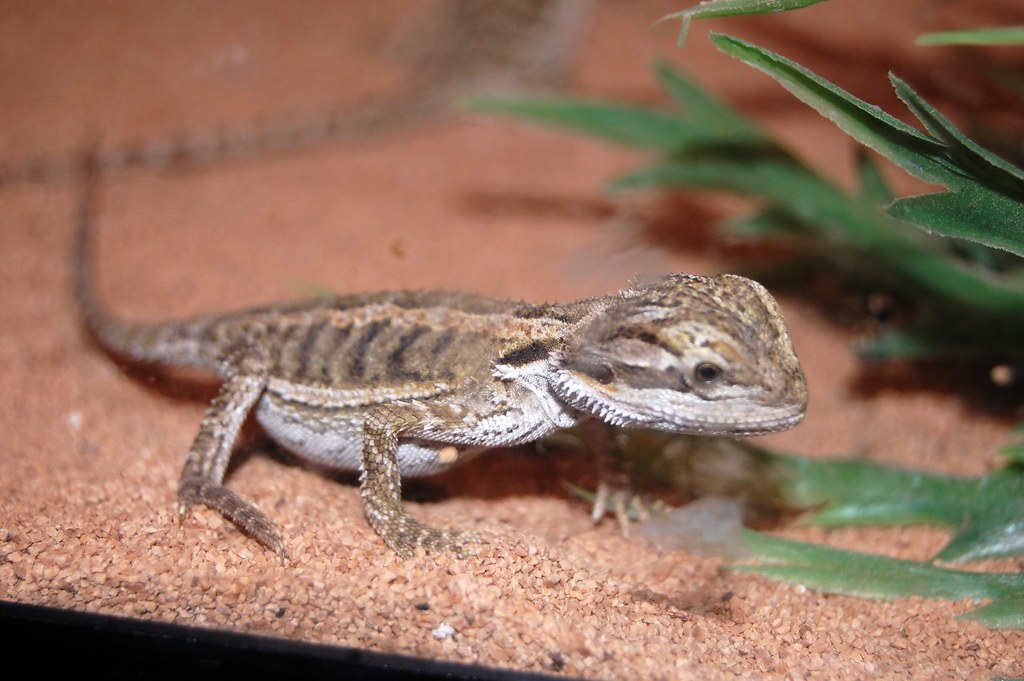
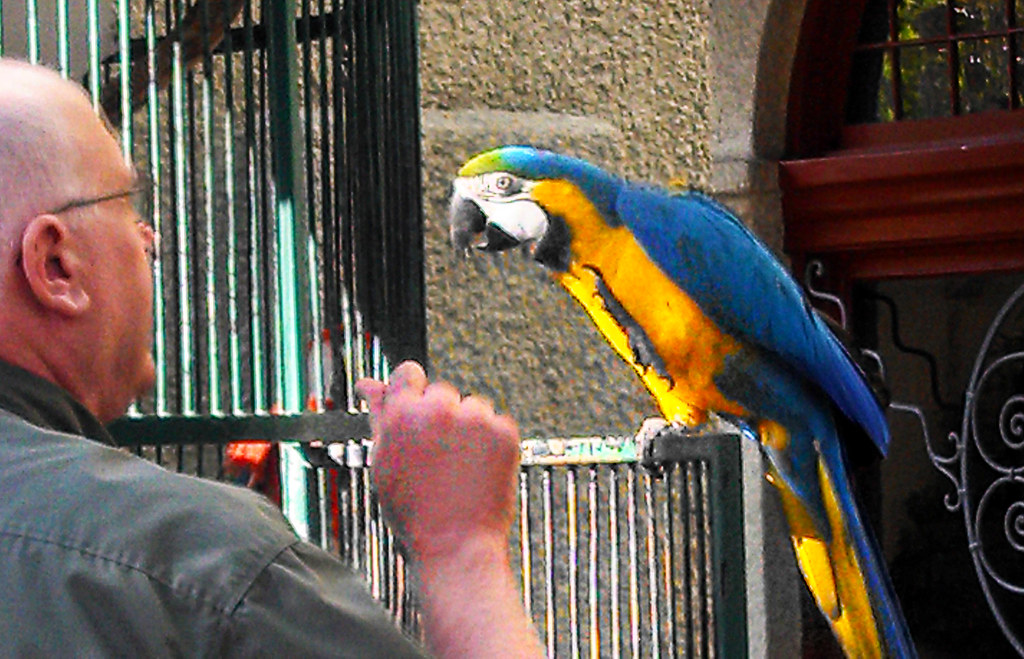
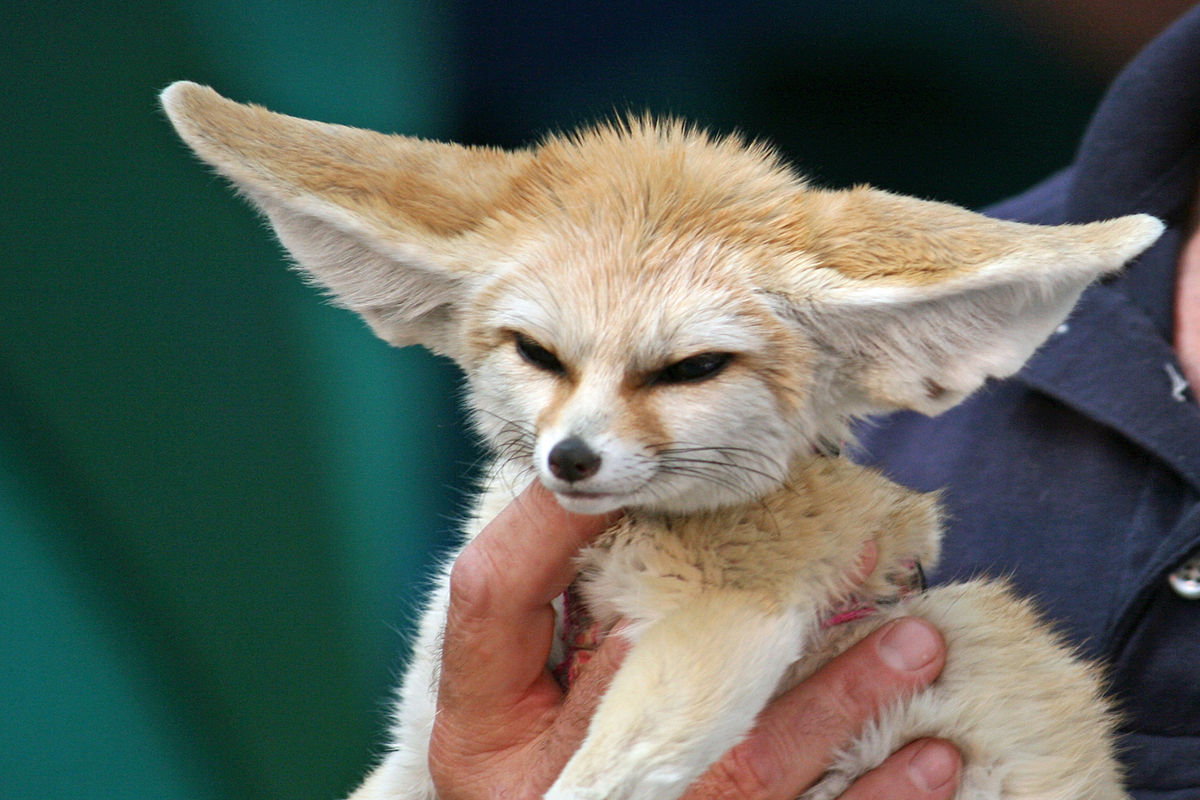
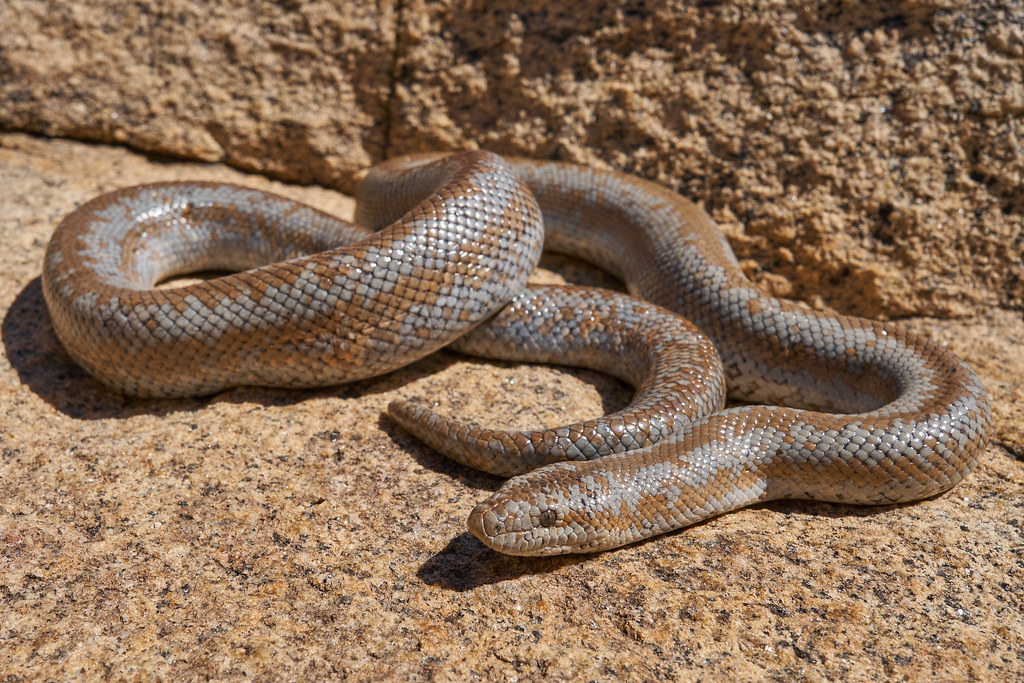
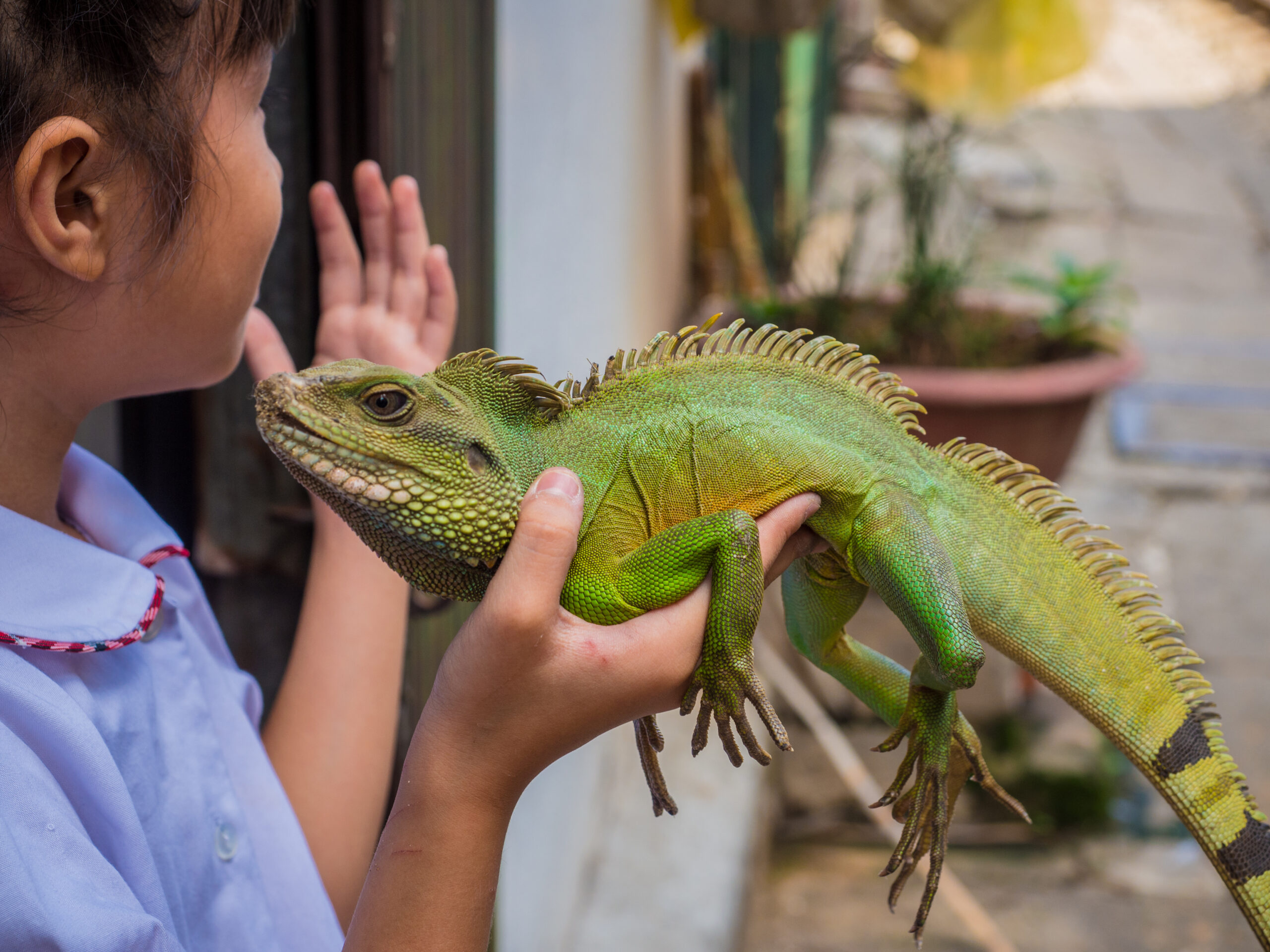





Leave a Reply